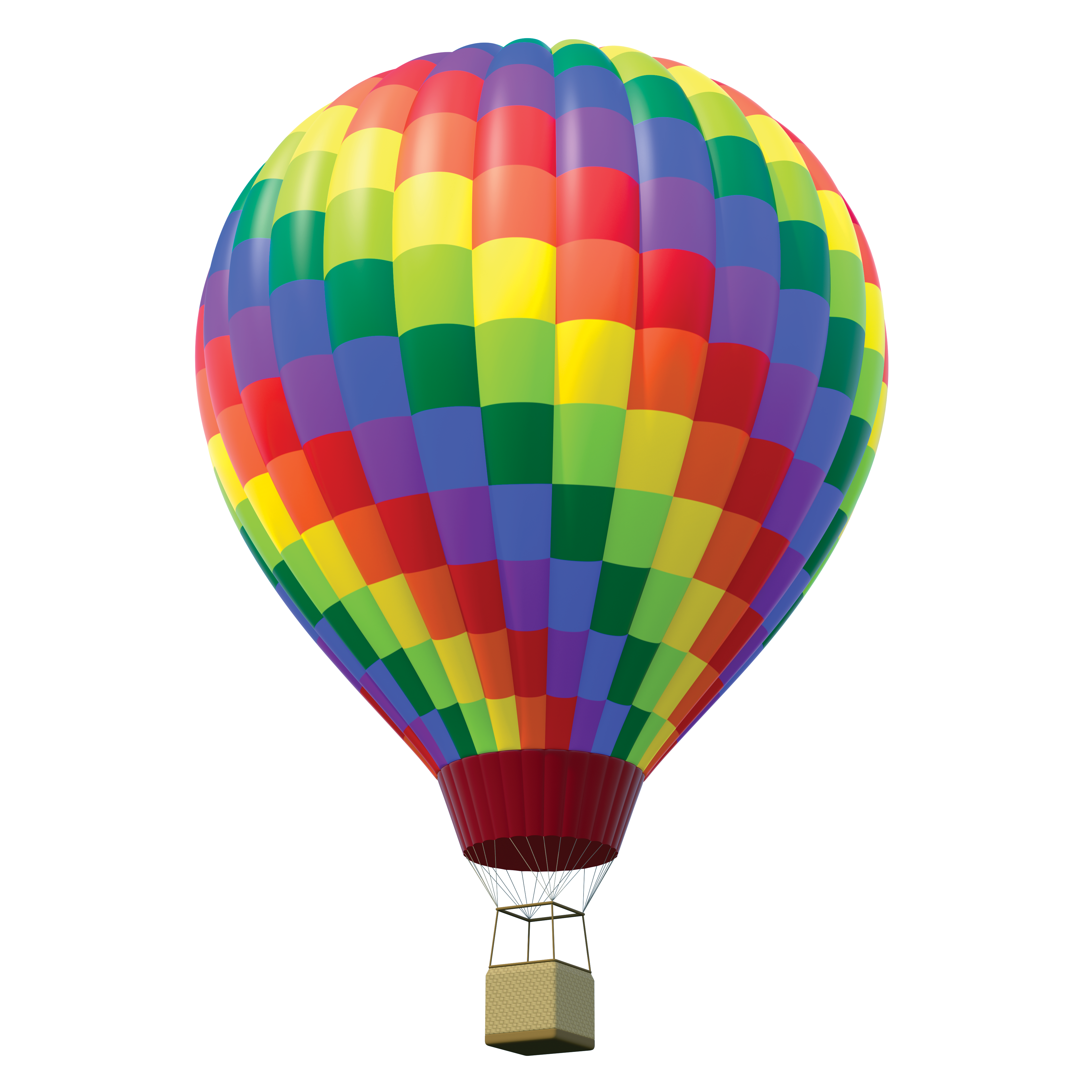Lesson 4
Create Scaled Picture Graphs
Warm-up: How Many Do You See: More Groups of Dots (10 minutes)
Narrative
Launch
- Groups of 2
- “How many do you see? How do you see them?”
- Flash the image.
- 30 seconds: quiet think time
Activity
- Display the image.
- “Discuss your thinking with your partner.”
- 1 minute: partner discussion
- Record responses.
- Repeat for each image.
Student Facing
How many do you see? How do you see them?


Student Response
For access, consult one of our IM Certified Partners.
Activity Synthesis
- “What pattern did you see first and how did this help you figure out the total?” (I saw that the dots were in groups of 5. This helped me because I know how to count by 5.)
- Consider asking:
- “Did anyone see the dots the same way but would explain it differently?”
- “Does anyone want to add an observation to the way _____ saw the dots?”
Activity 1: Ways to Travel (15 minutes)
Narrative
The purpose of this activity is for students to gather and organize categorical data about their classmates. Students record their classmates’ preferred way to travel and discuss advantages and disadvantages of displaying categorical data in a table.
To make the data collection process faster, students can collect their responses within their group first and then each group can share out how many students chose each way of travel. Their names can be pre-printed in a table for them or they could only write the person’s first name and way of travel abbreviation (given in the task statement) in the table. In the next activity, students create a scaled picture graph for this categorical data.
Launch
- Groups of 4
Activity
- “Today you will survey your classmates. You will start with your group and then we will collect the group data as a class.”
- Give directions for how students should collect the categorical data (see suggestions in the narrative).
- 10 minutes: students record classmate responses
Student Facing
How would you like to travel?
- car (C)
- train (T)
- boat (B)
- balloon (Bal)
- plane (P)
- helicopter (H)
| student's name | way of traveling |
|---|---|

Student Response
For access, consult one of our IM Certified Partners.
Activity Synthesis
- “What’s helpful about having this data in the form of a list? What's not helpful?” (We know the way each person would like to travel. It’s hard to see how many people would like to travel each way.)
- Math Community: Ask students to reflect on both individual and group actions while considering the question “What norms, or expectations, were we mindful of as we did math together in our math community?”
- Record and display their responses under the “Norms” header.
Activity 2: Create a Scaled Picture Graph (20 minutes)
Narrative
The purpose of this activity is for students to apply understandings from previous lessons to create a picture graph with a scale of 2 from the categorical data they gathered. Students are guided to use a scale of 2 but can choose their own symbol. Depending on the data, students may need to use a half symbol in order to represent an odd number of students choosing a specific method of travel. This idea is discussed in the synthesis.
Students will use their scaled picture graphs again in the next lesson.
Advances: Speaking, Representing
Supports accessibility for: Visual-spatial processing, Conceptual processing
Launch
- Groups of 2
- “How can we represent our survey data in a picture graph without having to draw a picture for each student in our class?” (We can make each symbol represent more than one student so we don’t have to draw as much.)
Activity
- “Represent the data that you collected in your own scaled picture graph where each picture represents 2 students.”
- 10 minutes: independent work time
- Circulate as students work:
- Encourage them to include a title, category labels, and key.
- Pay attention to how students are grouping by 2.
- Support students with questions they may have (especially around representing odd number amounts).
- “Compare your graph with your partner.”
- 2 minutes: partner discussion
- Monitor for a graph that uses a half picture to show an odd number of students in one of the categories to share during the activity synthesis.
Student Facing
Represent our survey data in a scaled picture graph where each picture represents 2 students.

Student Response
For access, consult one of our IM Certified Partners.
Advancing Student Thinking
- “How did you choose the symbol to use on your graph?”
- “How could you make your symbol easier to draw?”
Activity Synthesis
- Display selected student work.
- “How does this graph represent the survey data from our class?”
- “How did _____ represent the number of students who picked a way of travel when it was an odd number?”
- “What questions do you have about creating a scaled picture graph?” (Could a face represent 3 students or 5 students? Can you use whatever picture you want to represent 2 students?)
Lesson Synthesis
Lesson Synthesis
Display a scaled picture graph from today’s lesson. “What if 2 more students chose to travel by balloon? How could we represent that on this graph?” (Add 1 more picture in that category.)
“What if 1 more student chose to travel by car? How could we represent that on this graph?” (Add half of the picture in that category.)
Math Community
Revisit the “Norms” list. Ask students to discuss with a partner when a norm was helpful as they did math. Add any missing ideas or revise earlier ones.
Cool-down: Complete the Picture Graph (5 minutes)
Cool-Down
For access, consult one of our IM Certified Partners.